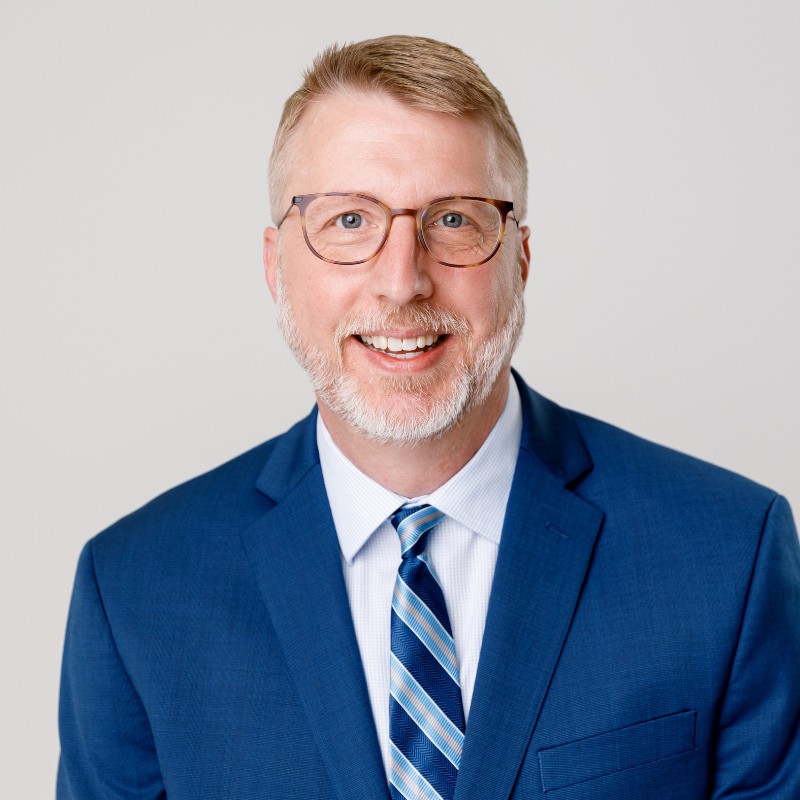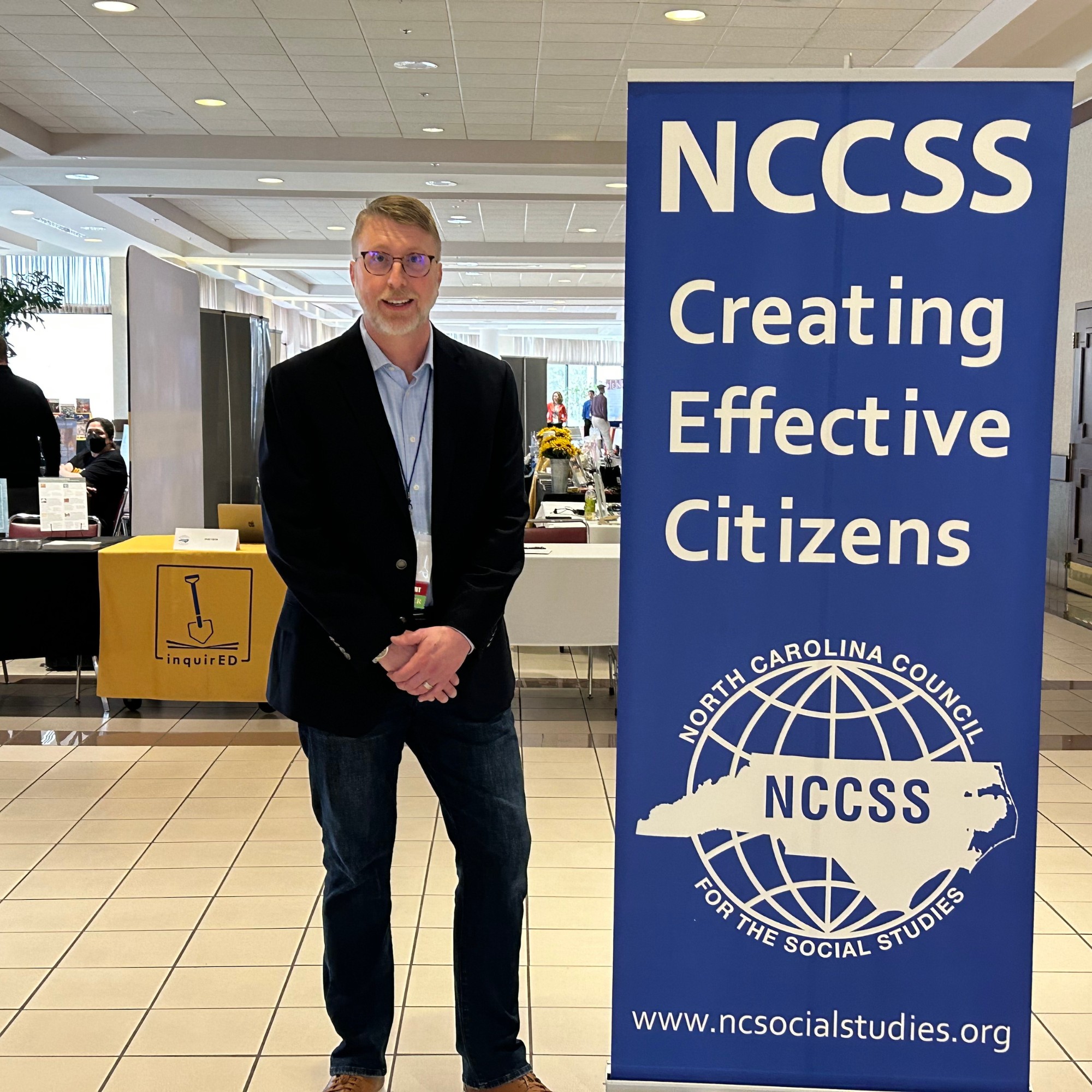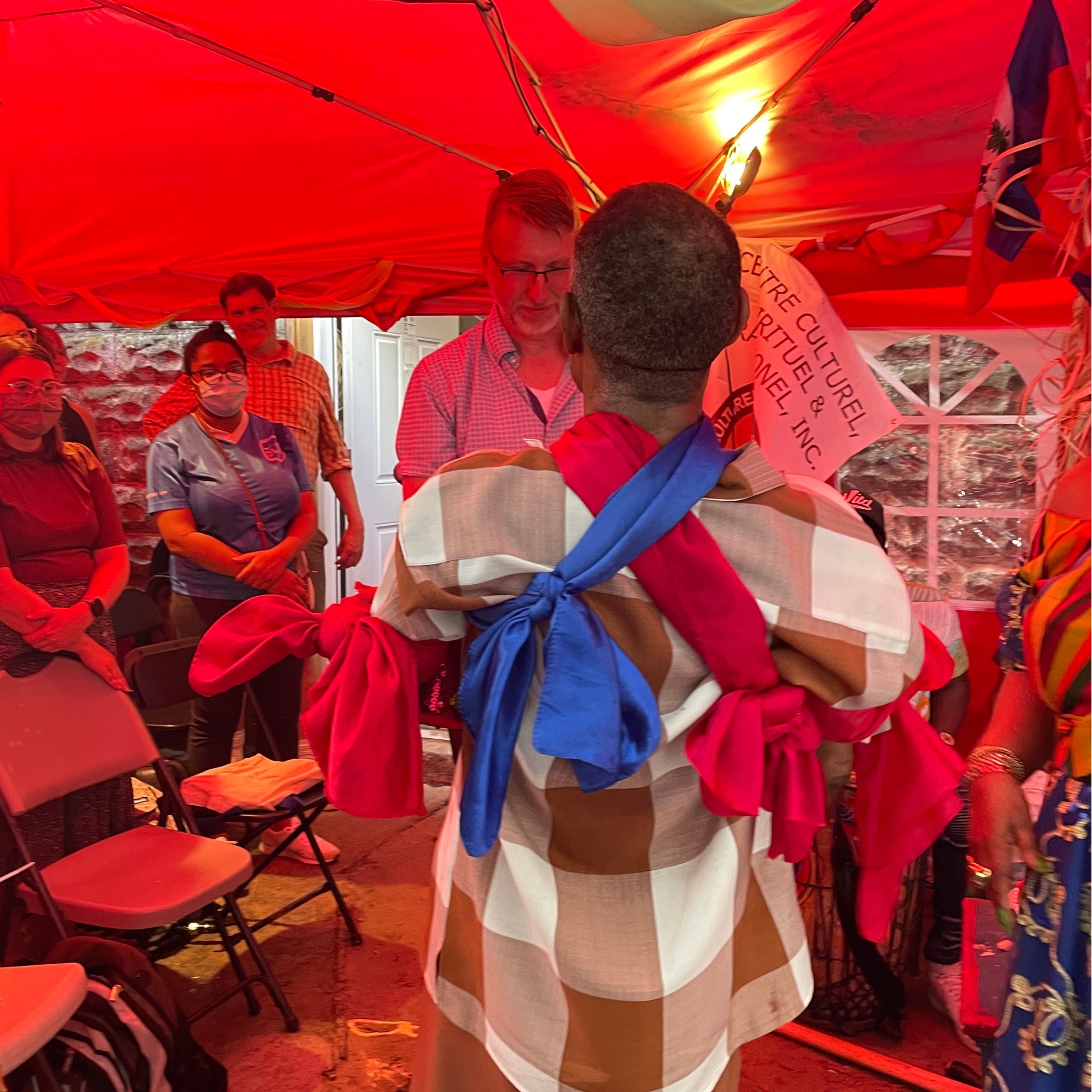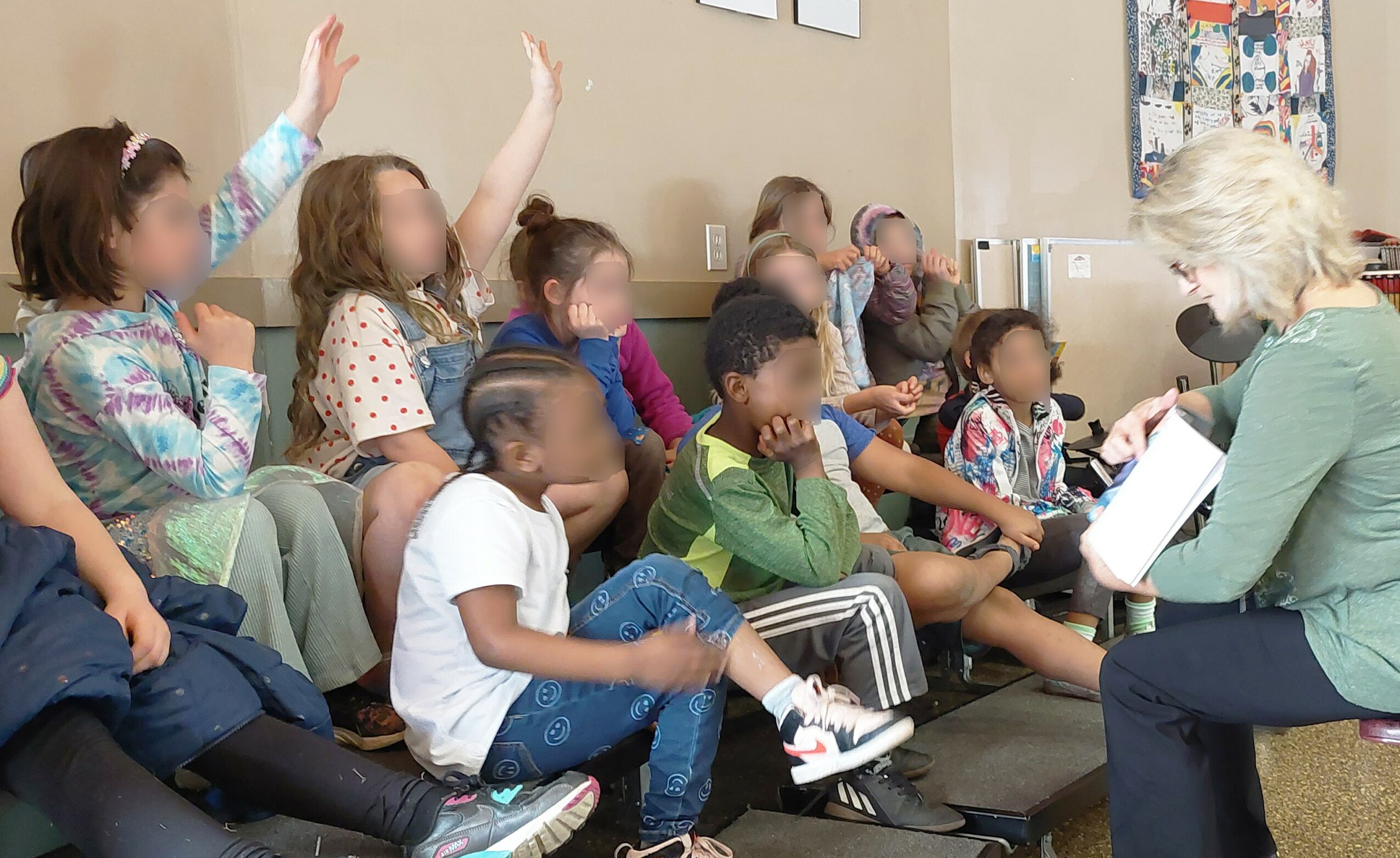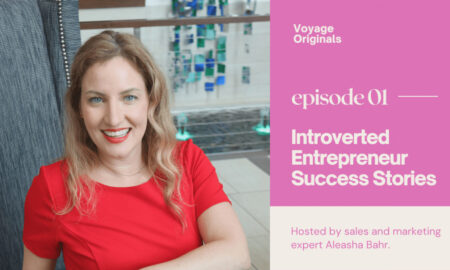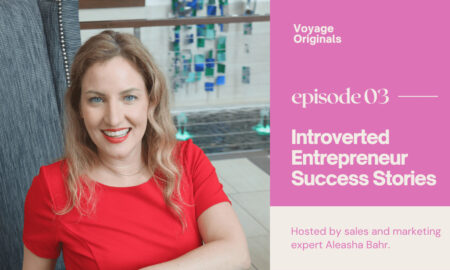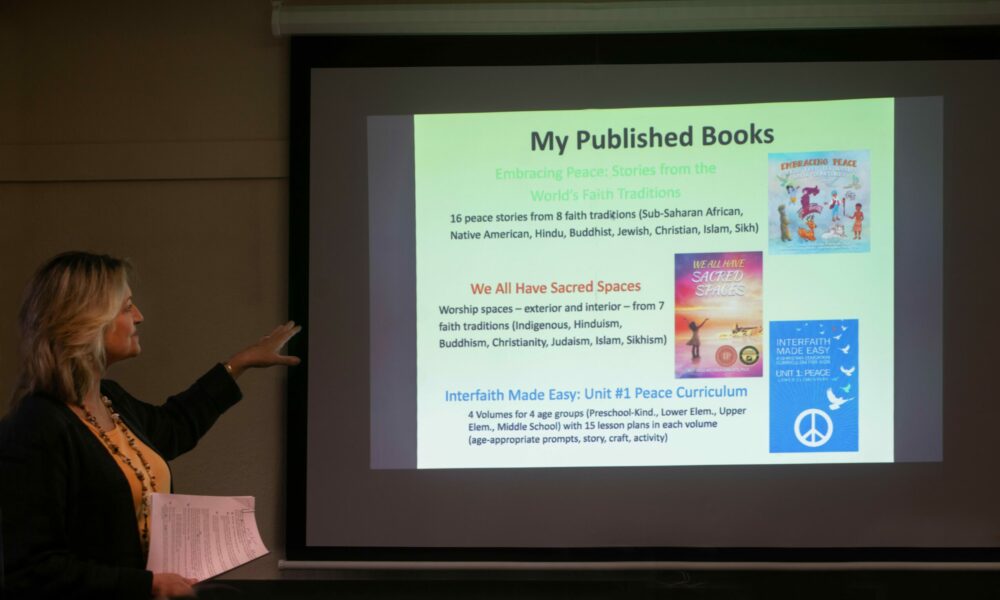

Today we’d like to introduce you to Vicki Garlock.
Hi Vicki, thanks for joining us today. We’d love for you to start by introducing yourself.
Hi! I am the founder of World Religions for Kids, and I create resources — like published kids’ books, lesson plans, and social media content — for educators interested in teaching kids aged preschool through 8th grade about the world’s religions. My resources are non-devotional, which means I teach about the world’s religions by focusing on how people live into their faith. I explore topics like holydays, sacred spaces, rituals, special foods, and other interesting aspects of lived religious practice. And my resources can be used by parents, grandparents, faith communities (in various religious traditions and denominations), and schools of all types (public, private, parochial, charter). Funny enough, even though my content is generally geared to kids, many adults say they learn a lot, too!
One project I’m really excited about is The Religions of Raleigh Experience, which will be held June 21-23, 2024. During that weekend, my colleague, Tim Hall, and I will visit houses of worship from six different faith traditions — Judaism, Orthodox Christianity, Islam, Hinduism, Buddhism, and Sikhism — with K-12 area teachers. It sounds like a lot, but it will offer only a glimpse into the incredible diversity of faiths in the Triangle area. I will offer background information about the commonalities and differences both within and across religions. Tim will help teachers gain the skills and confidence they need to teach about the world’s religions in the classroom while remaining within the bounds of the U.S. Constitution (which outlines the separation of church and state) and avoiding cultural appropriation.
Tim works for Vance County Schools supporting K-12 social studies teachers in curriculum and instruction. That includes developing and writing social studies curriculum resources and providing teachers with professional development. Tim is also an adjunct history instructor at Piedmont Community College and President-Elect of the North Carolina Council for the Social Studies, which has a membership of over 800 social studies educators across the state of North Carolina. As the Vance County Coordinator for the North Carolina Council on the Holocaust and a member of the National Education Advisory Board of the Tanenbaum Center for Interreligious Understanding, he brings some great expertise to the project, as well.
Would you say it’s been a smooth road, and if not, what are some of the biggest challenges you’ve faced along the way?
Tim and I encounter numerous challenges, but we tend to think of them as important learning opportunities. Some of these challenges include:
1) Religious Silos. Religious boundaries have existed since religions were formed. Embedded institutional structures for each religious tradition support those boundaries, and breaking barriers inevitably leads to push-back. As a result, some people, regardless of religious tradition/denomination, worry that Tim and I are pushing a particular religious agenda. We are not. Our approach is called “non-devotional” because it highlights information about religions with no attempt to coerce or sway personal religious beliefs.
2) Educator Concerns. Educators have a lot of curricular content to cover, they are currently caught in the crosshairs of America’s culture wars, and they receive little-to-no information about the world’s religions during their formal teacher training. So, it’s understandable that they are cautious with teaching about religion! Tim and I help educators access available resources, so they can better address the needs of multicultural, multi-religious students and families in their classrooms and schools.
3) Age-appropriateness. Many people think children are too young to talk about religion. This is simply not true. Children are constantly wondering about the world around them; they are increasingly being raised in homes of more than one faith or no faith, and they routinely encounter people of different ethnicities, cultures, and faiths, especially in a region as diverse as Raleigh. Research has also shown that cross-group interactions can enhance perspective-taking and empathy while reducing fear and prejudice. It’s important that our next generation be prepared to navigate these realities with kindness and understanding, and Tim and I know from their own experiences that kids are up to the task.
4) Confusion Around the 1st Amendment. Many people are familiar with the idea commonly called the “separation of church and state.” Unfortunately, many people — both teachers and non-teachers alike — assume this phrase means that religion cannot be constitutionally discussed in schools. The truth is that the topic of religion is totally within the bounds of the Constitution, as long as the discussion is about religion and is presented in a non-devotional manner. Tim and I help teachers understand those requirements and navigate those guidelines.
Thanks for sharing that. So, maybe next, you can tell us a bit more about your business.
In a nutshell, my business focuses on developing non-devotional, age-appropriate resources about the world’s religions that families and educators can share with kids. I spend a lot of time making sure the information I offer is interesting, accurate, and accessible to kids in the preschool through middle school age range. That also means adults can simply learn along with the kids; they don’t have to take a course in World Religions to share the world’s religions with their kids.
My books (We All Have Sacred Spaces, ABCs of the World’s Religions, and Embracing Peace) also explore many different faith traditions in a single volume. Many already-published, religion-related resources focus on a single faith tradition. I certainly have no objection to that, but I am trying to break down those barriers a bit and bridge those divides.
Many of my resources also focus on “lived religion” — how people actually practice their faith — what holydays they celebrate, what rituals they practice, what foods they eat when they gather with family and friends, etc. That includes the differences we see within religious traditions. Christmas in Australia or Africa is not the same as Christmas in Alabama or Alaska!
Finally, I am interested in the unexpected commonalities we often see across religious traditions. For example, many people remove their shoes before entering a sacred space, including Hindus, Buddhist, Muslims, and Sikhs. And all religious traditions have stories — some of them quite ancient — about living in harmony with the Earth and one another.
Who else deserves credit in your story?
So many people deserve credit! I can’t even begin to name all the people who have helped me along the way. They include (in no particular order):
1) Kids. If you want to know what kids think (and think about), just ask them! Over the years, I have shared stories, crafts, activities, and lesson plans with hundreds of kids to determine what most resonates with them — especially since my work is ultimately for them. In fact, I often rely on them to share their enthusiasm and openness with the adults around them.
2) Educators. Despite the challenges facing America’s teachers, they are incredibly compassionate, knowledgeable, and resilient. They know their classrooms and school districts better than anyone, and they are committed to culturally responsive teaching. We depend on educators to prepare our next generation, and we appreciate all their efforts to challenge both themselves and their students.
3) Interfaith Activists. Several non-profits have been working to bridge religious divides for decades, including Interfaith America, the Parliament of the World’s Religions, Religions for Peace, United Religions Initiative, Interfaith Center of New York, and the North American Interfaith Network. They bring people together for inspirational conferences, provide resources for communities around the world, and keep all of us informed about the global faith landscape. There are also innumerable people of faith who work across religious divides in their neighborhoods to address issues related to human health, our natural resources, and peaceful inter-religious coexistence.
4) Faith Communities. The Religions of Raleigh Experience only happens because faith communities are willing to open their doors and welcome outsiders. I have attended more rituals and services than I can count, and everyone — both faith leaders and faith community members – are always so kind and helpful. Many people over the years have taken time to explain their rituals, texts, and traditions. Sometimes, they become great friends — people I can call upon when I have questions because there is always more to learn. And sometimes, I never even learned their names because they were simply sitting next to me and reached out.
Contact Info:
- Website: https://worldreligions4kids.com/
- Instagram: https://www.instagram.com/worldreligions4kids/
- Facebook: https://www.facebook.com/WorldReligions4Kids
- Linkedin: https://www.linkedin.com/in/vicki-garlock-b8594069/
- Twitter: https://twitter.com/WorldRel4Kids
- Other: TikTok: @learnreligions
